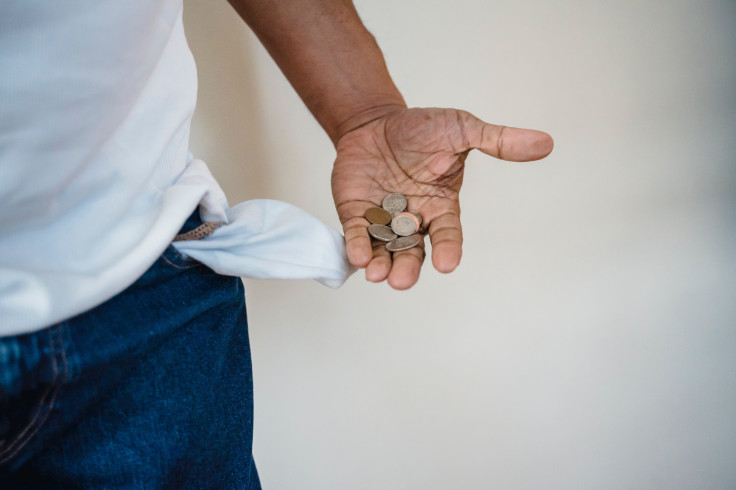
Poverty rates in the U.S. remain highest among communities with Latino-heavy populations, a new report has revealed, showing how millions of Hispanics continue to struggle economically despite declining rates across the country.
The data comes from analyzing 10 census-designated places with 100,000 or more residents with the highest percentage of Latinos, according to Axios. They found these places to have an average poverty rate of 18.7%, well above the rest of the country's overall poverty rate of 12.5% and higher than the 17.2% for all Latinos.
Brownsville, Texas, which is almost 95% Latino, saw an average poverty rate of 26.1%, the highest on the list. That was followed by Edinburg, Texas, a city whose population is 87% Latino, saw a poverty rate of 25.7%.
Similarly, McAllen, Texas and Laredo, Texas, which have an 87% and 95.5% Latino population respectively, saw a 21% poverty rate.
Those were followed by East Los Angeles, Calif., Hialeah, Fla., and El Paso, Texas, all of which have an average poverty rate between 17 and 18%.
Only one community in the top ten most Latino cities, Santa Ana, Calif., had a poverty rate below the national average of 11.5%. That may be due to a local growth in college-educated Latinos and new Hispanic-owned businesses moving into the community just southeast of Los Angeles.
Santa Ana reflects a growing trend across the U.S. In recent years, Latinos have significantly grown in their workforce participation rate and graduated from college in higher numbers, helping drive the overall decrease in the Hispanic poverty rate.
The percentage of Latinos in poverty hovered around 22% for much of the 1970s, hitting an all-time high in 1994 with 30.7%.
Nevertheless, the trend of poverty among these communities could be due to high cost of living, lack of access to health care and fewer overall resources, Diana Caba, vice president for community and economic development for the Hispanic Federation, tells Axios.
Similarly, William Barber of the Poor People's Campaign, credits these trends as being due to a lack of attention these Latino cities are getting from elected officials. He also explained that these officials see poverty as an issue that affects few people, but instead, it is one that will be passed down to the next generation unless change is made.
Caba said to combat those factors, community leaders need to push financial literacy, building wealth strategies and financial engagement.
"Without access or that path to economic mobility, (we're) just going to perpetuate that cycle," she said.
© 2025 Latin Times. All rights reserved. Do not reproduce without permission.





